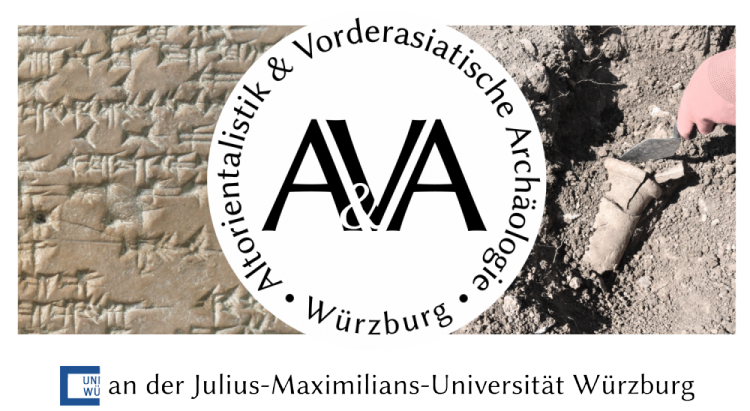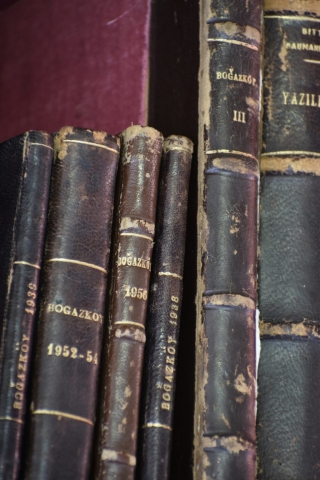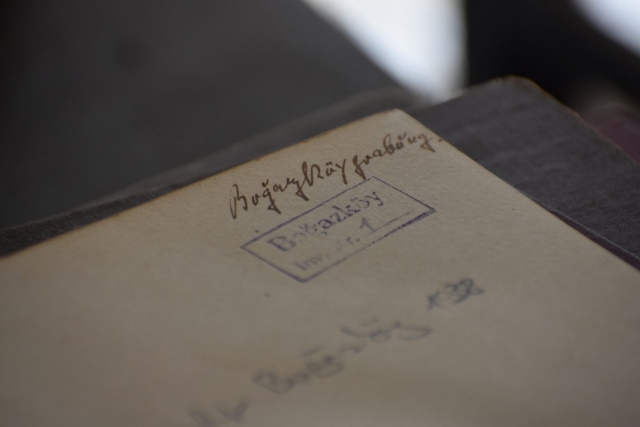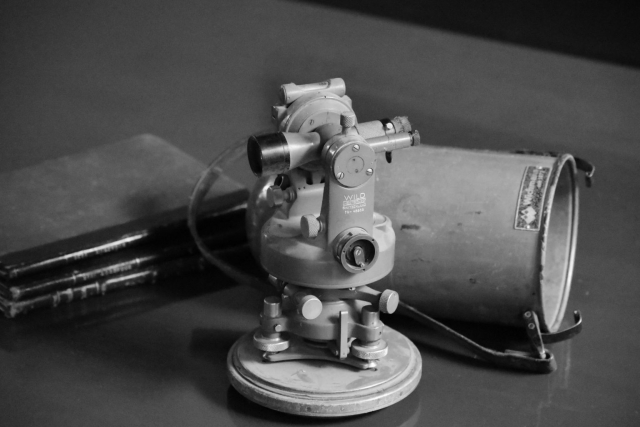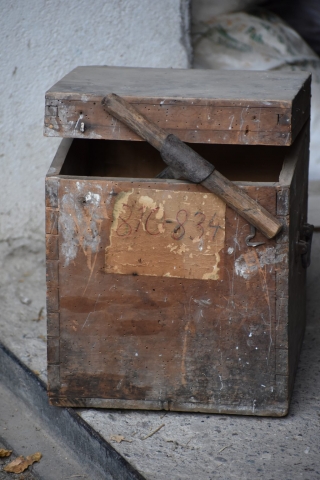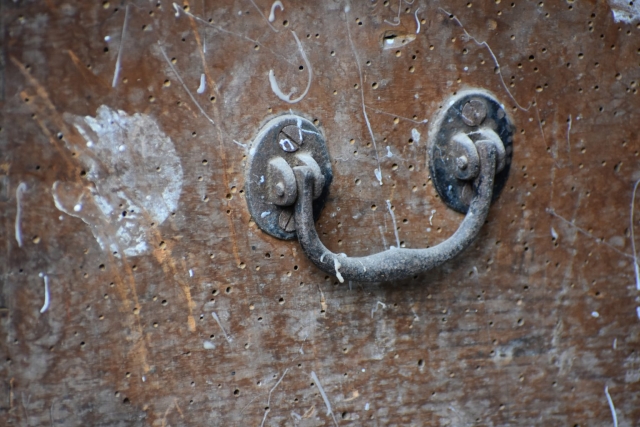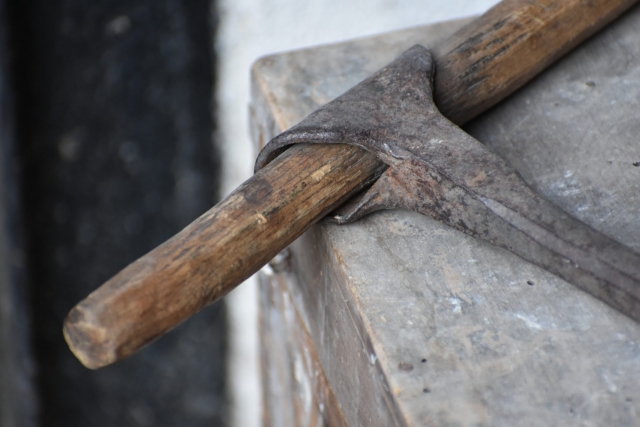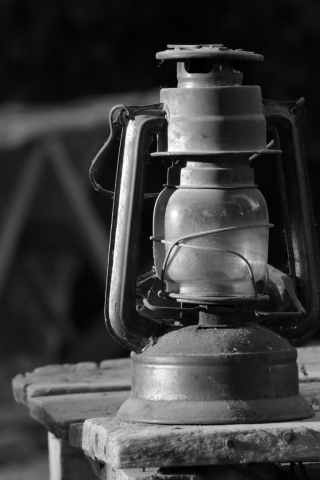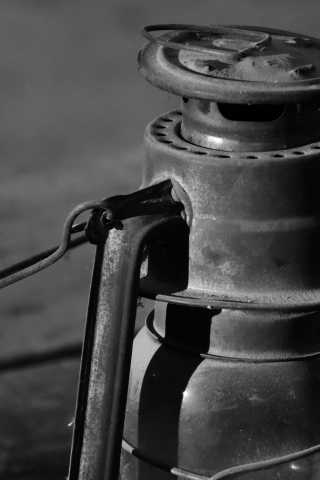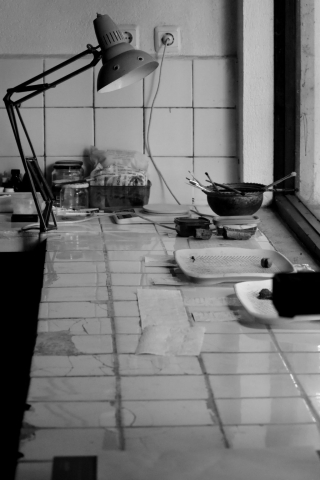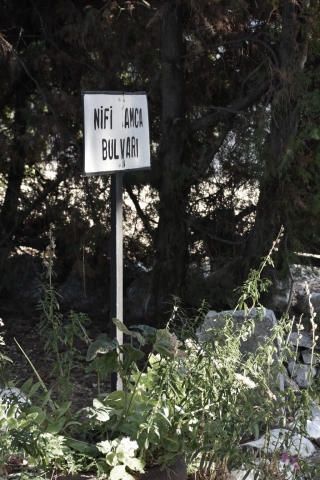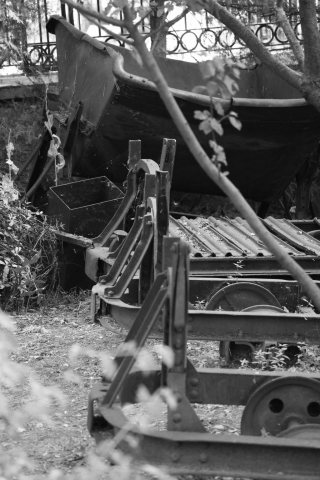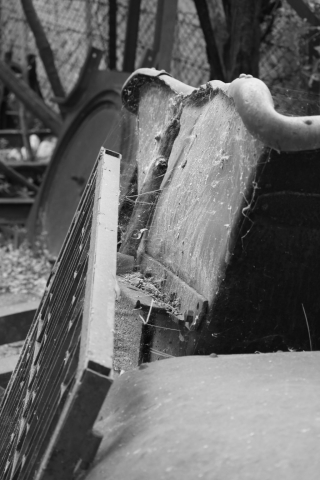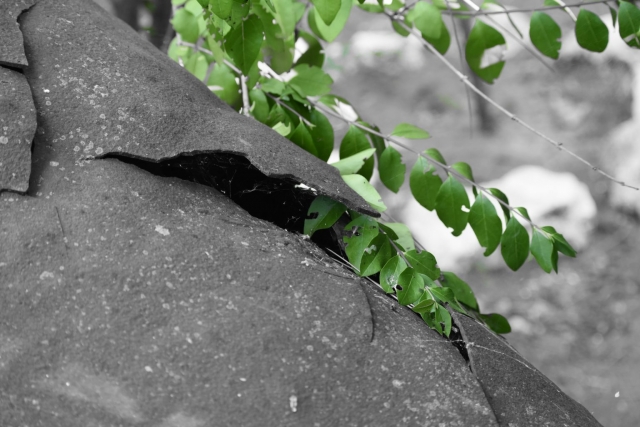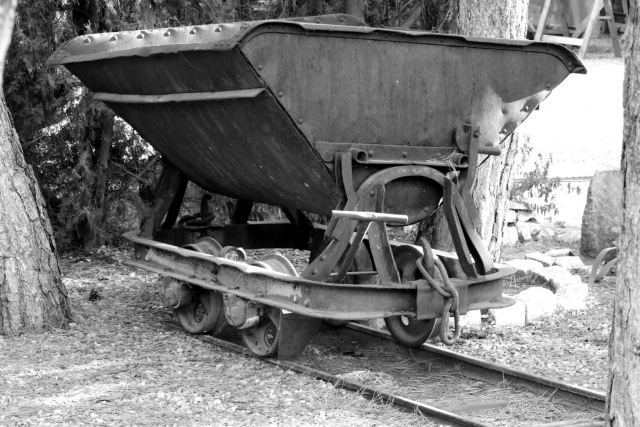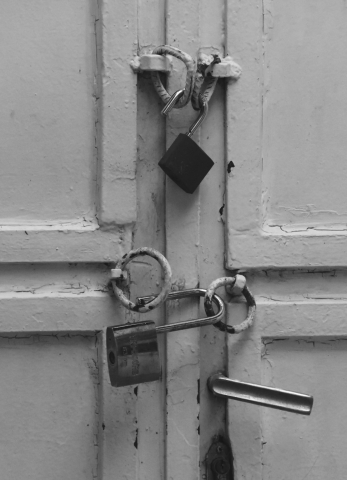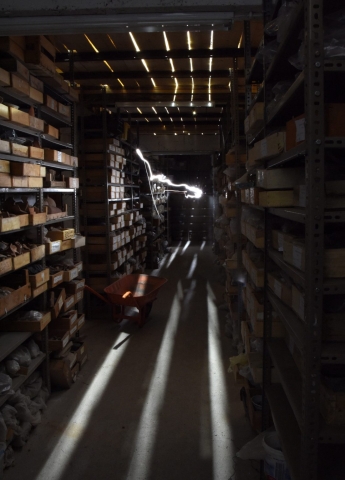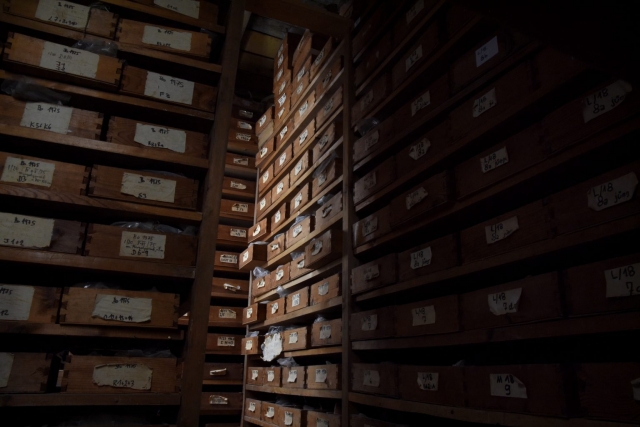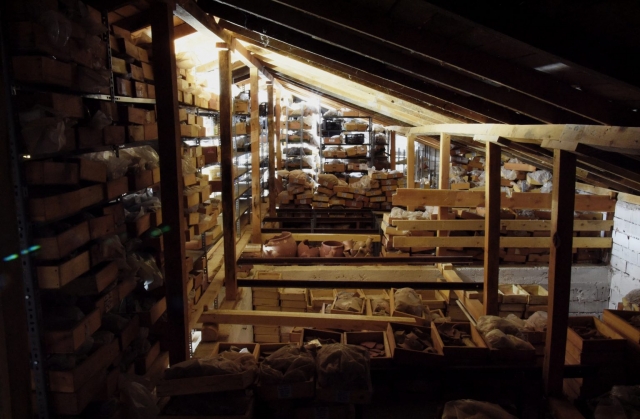Excavations at Ḫattuša began in 1906 with the work by Hugo Winckler and Theodor Makridi Bey, and later by Otto Puchstein, which culminated in four campaigns before the First World War (see this link for further details). With Kurt Bittel, who resumed the excavations in 1931, a continuous series of field campaigns began which, with the exception of a gap during and after the Second World War from 1940 to 1951, has continued until the present day. In fact, in the summer of 2023 we could have celebrated the 85th field campaign at Hattusa. Reason enough to take a photo tour of the excavation house and search for remnants of the past. The current house is the fourth of its kind since the start of the excavations and was built by Peter Neve in the mid-1970s.1 Of the earlier three, only the Konak of Boğazkale, which served as accommodation for the excavation team from 1953 to 1976, is still standing.2 The first excavation house on the north-western slope at the time of Winckler, Makridi and Puchstein3 and Kurt Bittel’s excavation house on the southern side of Büyükkale, which he built and used between 1931 and 1939,4 are now only recognisable by their foundations and the remains of decayed or demolished walls. As the latter two were within the boundaries of the Hittite capital, they themselves became part of the remains of the ancient city.5 With the succession of directors over the past few decades, from Peter Neve to Jürgen Seeher to the current director Andreas Schachner, the current house has also undergone a number of changes, ranging from the dismantling of the no longer needed darkroom for developing photographs, the addition of more bedrooms for the team, to the construction of a completely new depot for the growing amount of pottery sherds collected each year. Some items have survived the changes, and some even have been left over from the earlier excavation houses.
Notes
- Seeher et al. 2012: 146–147.↑
- During the first post-war campaign in 1952, K. Bittel was allowed to use the local school building in the village as accommodation and workspace for the excavation team (Bittel 1953: 4; Seeher et al. 2012: 95). Seeher et al. 2012: 28. 75. 94. 101.↑
- Seeher 2006: 104; 2010: 255–263; Seeher et al. 2012: 39. 41; Schachner 2017: 46–48; see also link↑
- Seeher 2006: 107; Seeher et al. 2012: 74. 78–79. 85.↑
- See the still visible layout of first excavation house in Neve 1992: Fig. 20 (south of the Haus am Hang) and Bittel’s excavations house south of Büyükkale in Neve 1992: Fig. 19.↑
Bibliography
- Kurt Bittel, Vorläufiger Bericht über die Ausgrabungen in Boğazköy im Jahre 1952. Einleitung, MDOG 86, 1953
- Peter Neve, Ḫattuša – Stadt der Götter und Tempel : neue Ausgrabungen in der Hauptstadt der Hethiter, Zaberns Bildbände zur Archäologie 8 (Mainz am Rhein 1992)
- Andreas Schachner, The First Period of Scientific Excavations at Boğazköy-Hattusa (1906–1912), in: Meltem Doğan-Alparslan – Andreas Schachner – Metin Alparslan (eds.), The Discovery of an Anatolian Empire – Bir Anadolu İmparatorluğu’nun Keşfi. A Colloquium to Commemorate the 100th Anniversary of the Decipherment of the Hittite Language (Istanbul 2017) 42–68
- Jürgen Seeher, „Die Adresse ist: poste restante Yozgat Asie Mineure“ – Momentaufnahmen der Grabungskampagne 1907 in Boğazköy, in: Jörg Klinger – Elisabeth Rieken – Christel Rüster (eds.), Investigationes Anatolicae – Gedenkschrift für Erich Neu, Studien zu den Boğazköy-Texten 52 (Wiesbaden 2010) 253–270
- Jürgen Seeher, Boğazköy: Pteria? Tavium? Hattuša! Hitit Başkentinin Keşfi – Boğazköy: Pteria? Tavium? Hattusha! The Discovery of the Hittite Capital, in: Fatma Canpolat (ed.), Boğazköy’den Karatepe’ye. Hititbilim ve Hitit dünyasının keşfi – From Boğazköy to Karatepe. Hittitology and the Discovery of the Hittite World (Istanbul 2006) 98–113
- Jürgen Seeher – Andreas Schachner – Ayşe Baykal-Seeher, „Hattuşa’da 106 Yıl“ Hitit Kazılarının Fotoğraflarla Öyküsüs – „106 years in Hattusha“ Photographs tell the story of the excavations in the Hittite capital (Istanbul 2012)
The pictures were taken in the summer of 2023 during excavations in the western part of the Upper City, conducted by the University of Würzburg (Ancient Near Eastern Archaeology) and under the auspices of the German Archaeological Institute Istanbul (A. Schachner). Funding for the fieldwork was provided by the Volkswagen Foundation. All images © Martin Gruber (Archive of the Boğazköy Excavation, DAI-Istanbul).
